Tis the season for back 2 school subjects, study skills and test taking. In believing that these academic achievements mean nothing without a love of learning, Mi Families went inside classrooms to ask students what makes them like school. The number one reason – being with friends. Some students stated they enjoyed gym or art or other passion areas, but most talked about their relationships (even those experiencing negative relationships wanted to discuss conflict before classes). Research tell us that we learn how to relate to others during the early years, even before we head off to school. We build social and emotional skills as babies, toddlers, preschoolers … and most of these skills are learned through experience, yet for some these developmental skills need to be taught.
This week Mi Families daycare, “Adventure Academy,” went back to the basics on forming friendships and expressing emotions. Social skills and emotional development are learned together. You have to know how to read your friends feelings, you have to express your emotions properly, you have to learn how to be empathetic and relate within relationships… When one learns how to regulate their own emotions they learn how to navigate others feelings, they learn how to help others and learn to express their own needs. Expressing ones needs and interests is a very important piece to surviving the back 2 school season – and life. It’s what helps one develop goals and begin to love learning. After the student loves learning you can start to worry about study skills and test taking techniques. (Pictured below – the subject of feelings and friendships are best taught through life experiences and not worksheets, but MGT add ons for More Literacy and Math workbooks are fun for extending the topic. Click for larger / clearer image *)
In the last article I rambled about learning about others, by learning about oneself, and that is especially important when we are surrounded by relationships at school, home and around the community. Our identity helps us connect with others and define ourselves. This can be tricky with kids who need more direct lessons on those social / emotional puzzle pieces. This can be tricky when kids have to share space at school and home … We recently decided to make our boys share space, because Adventure Academy took over my husbands office area. He edits movies and other videos from home so he needs space to focus. Luckily the boys were excited about having a big-boy office with dad (while I use a lap top at the kitchen counter!). Although it’s not Pinterest worthy I made a lil’ video attempting to show how we utilized the small areas to encourage individuality and kept things organized, so they don’t have to share everything. Some would argue that sharing everything is important at home, but I understand that some materialistic items are special to my boys and they shouldn’t have to share (although it is nice to) and the sibling should learn to respect that and ask for permission before using the others things. You can see our set up in the video below.
It’s important to encourage a child’s unique identity. Pay attention to items that are special to him or her. Why is that item important? What do their interests say about them? Why do they not like other things ~ are they too challenging? Consider needs and abilities and how you can encourage them to interact with other activities, which are different then their favorite items. What emotions do they express while interacting with different items? Help them define those emotions and discuss emotional reactions. Teach them it’s ok to feel the way they feel about different activities and events, and that it’s good to express themselves so you and others know how to respond. Teach them how to respond and acknowledge others feelings.
This week Mother Goose Time provided some great tools for teaching children about emotions and expressions in their “Friends and Feelings” unit. We made and read books about feelings, ate face bagels and face pizzas, made crafts, played games, sang songs and danced around expressing ourselves. I’d say emotions were full of happy energy during most activities and I’d say the kids loved learning this week. They even learned some of those back 2 school skills some think is the most important part of school! Our basic skills included discussions of how colors and even shapes represent emotion, we talked about shapes in relation to geometry … Zero is a circle, 1 is a line … all numbers and letters are made up of lines and curves … we worked on letters, reading and writing … Below are a couple reading and writing videos showcased by my boys.
One of the nice aspects of the Mother Goose Time curriculum is that it’s adaptable to use with my babies and big kids. I simplify the activities for the littles, use as intended for the middles and expand the activities for the big kids. Although it’s developed for preschoolers, all ages (and parents) seem to like the program. We’re able to use it in combination with other programs, and it’s flexible to use in multiple ways within our routine. Also, the students love coming up with creative ways to use the materials on their own! It’s adaptable for various needs, however sometimes I need to get creative because of allergies – for example we couldn’t make the science squeeze activity because of a corn allergy so we used playdoh, but most things are easily worked around for my kids and those I work with. At the end of the day the kids are proud to show off their work and parents are pleased with the take home materials that allows them to see what their children do each day and provides them with ideas for extending lessons at home. I send home a binder each day which is a growing portfolio filled with resources, photos and projects, although some projects they’d rather bring home on their heads!
However they bring home their lessons I know they are loving learning at Adventure Academy. If you’d like your child to love learning consider enrolling in our educational child care program by contacting Christi@MiFamilies.com. If you’d like information about the Mother Goose Time curriculum contact my friends at www.MotherGooseTime.com. If you’d like to make friends with other parents and providers join our Facebook group. You can find more parents, providers and resources on our other social media pages (Twitter, LinkedIN, Pinterest…) and you can subscribe to our resourceful videos on our YouTube Channel. Here’s a resourceful video about how I prep for a busy day at Adventure Academy:

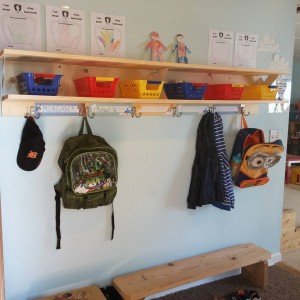
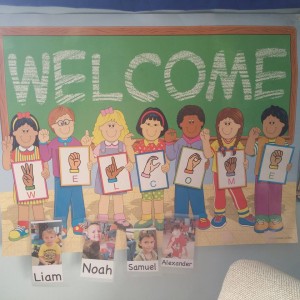
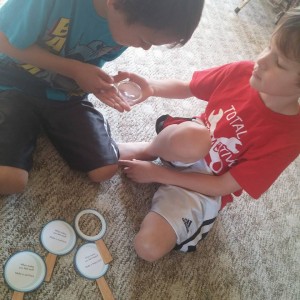
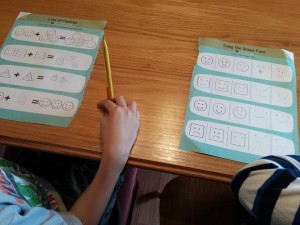
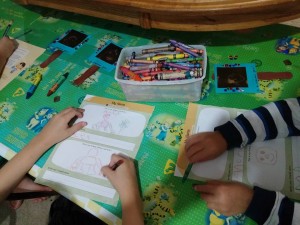
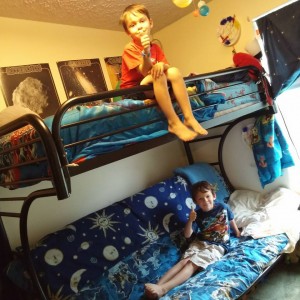
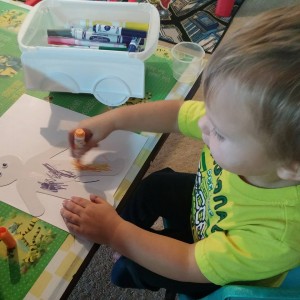
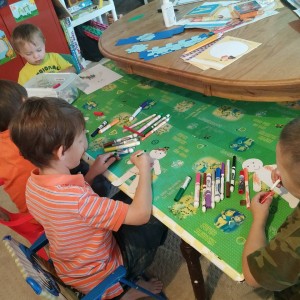
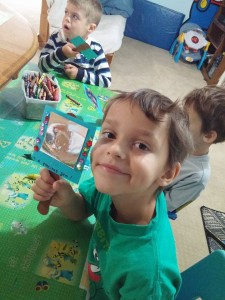
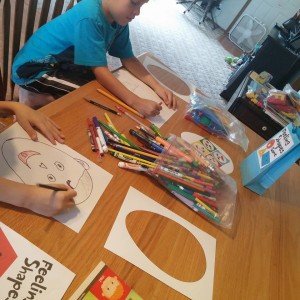
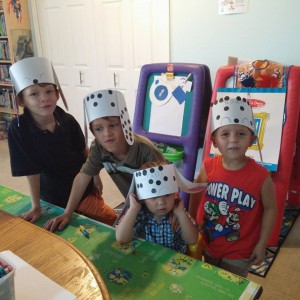
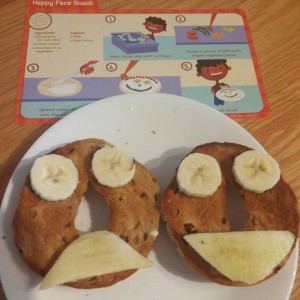
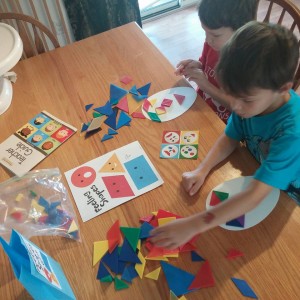
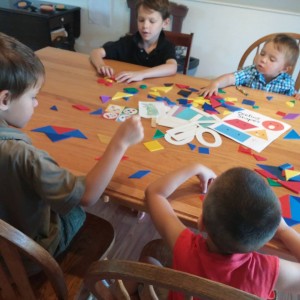

Leave a Reply